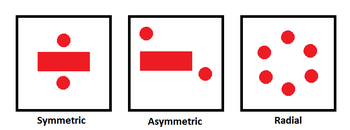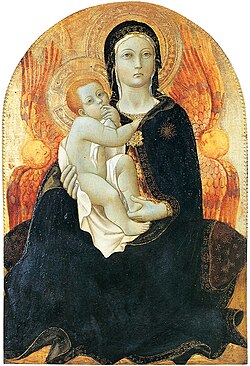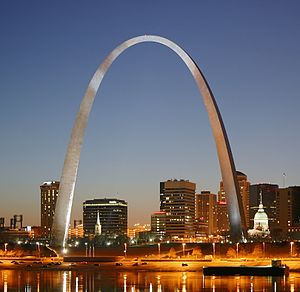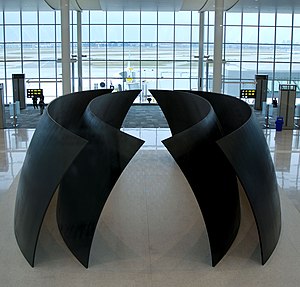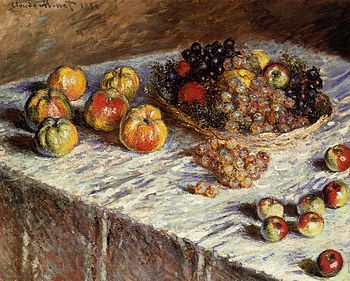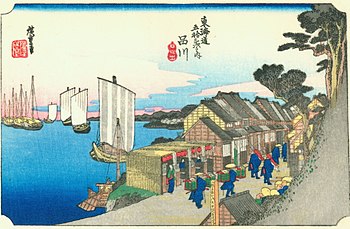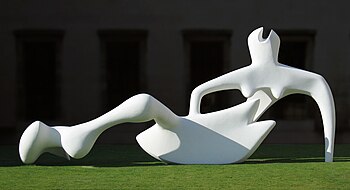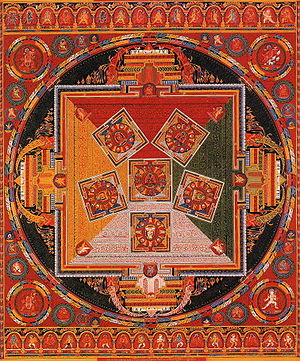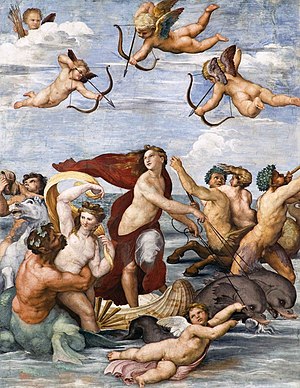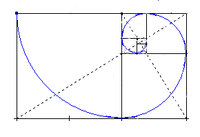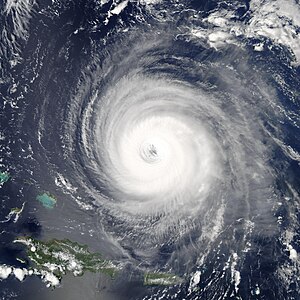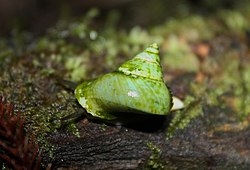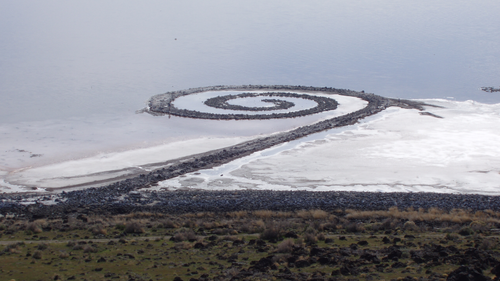Artistic principles/ART101/Visual balance
All works of art possess some form of visual balance – a sense of weighted clarity created in a composition. The artist arranges balance to set the dynamics of a composition. A really good example is in the work of Piet Mondrian, whose revolutionary paintings of the early 20th century used non-objective balance instead of realistic subject matter to generate the visual power in his work.
- Symmetrical
- Asymmetrical
- Radial
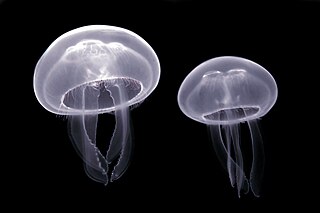
The use of symmetry is evident in three-dimensional art, too. A famous example is the Gateway Arch in St. Louis, Missouri (below, left). Commemorating the westward expansion of the United States, its stainless steel frame rises over 600 feet into the air before gently curving back to the ground. Another example is Richard Serra’s Tilted Spheres (below, right). The four massive slabs of steel show a concentric symmetry and take on an organic dimension as they curve around each other, appearing to almost hover above the ground.
Within this discussion of visual balance, there is a relationship between the natural generation of organic systems and their ultimate form. This relationship is mathematical as well as aesthetic, and is expressed by the term golden ratio. Two quantities will be in a golden ratio, when the larger quantity is 1.618 times the size of the smaller quantity, or equally, the smaller quantity is 0.618 times the size of the larger, offering a kind of mathematical balance. Leonardo da Vinci applied this ratio in his creation of the Mona Lisa.
To gain a better understanding of a golden ratio, watch the video in the link below, and study the example image at right.
The natural world expresses radial balance, manifest through the golden ratio, in many of its structures, from galaxies to tree rings and waves generated from dropping a stone on the water’s surface. You can see this organic radial structure in some natural systems by comparing the satellite image of hurricane Isabel and a telescopic image of spiral galaxy M51 below.
Comment on the visual balance of any image on this page or one of your own choice (share link to it).
Note: Your comment will be displayed in the course feed.
